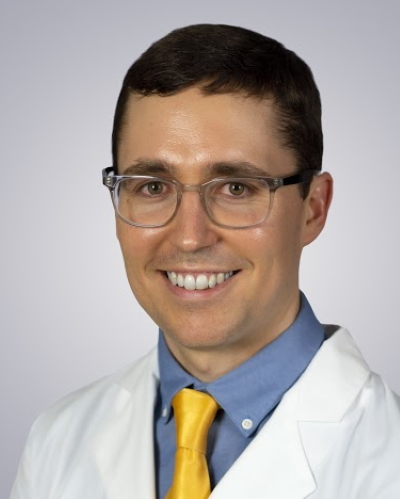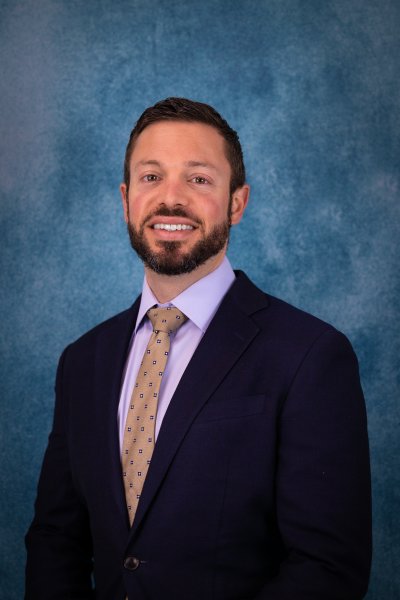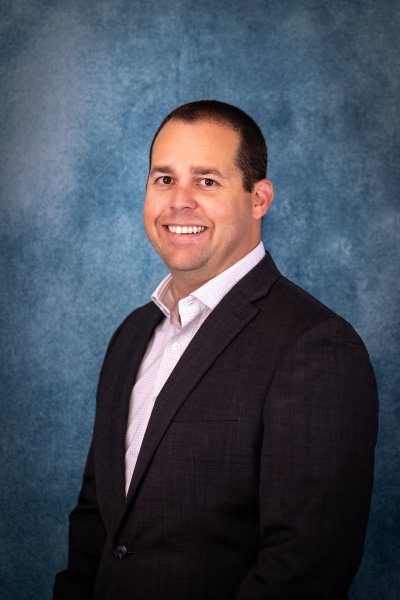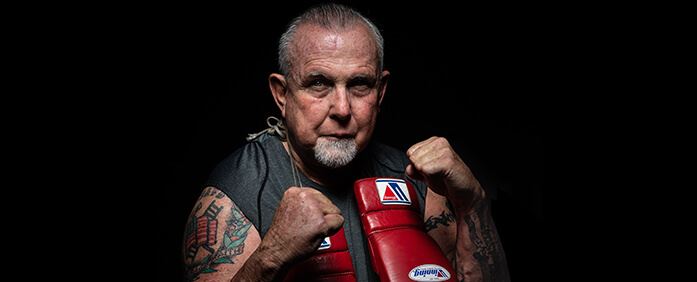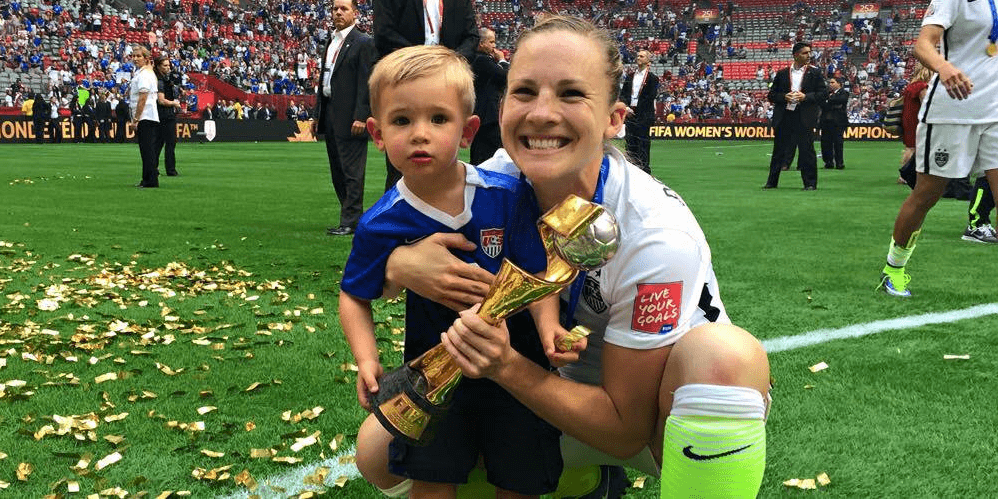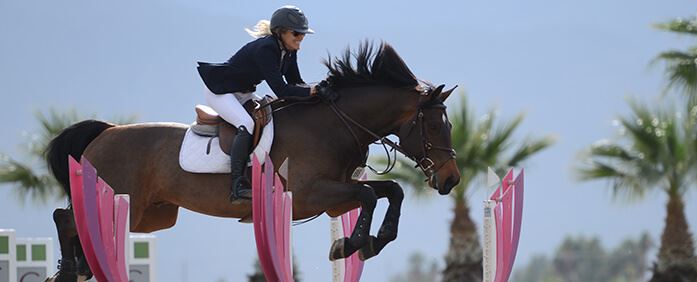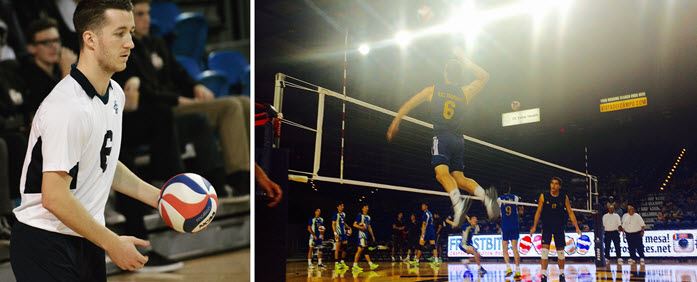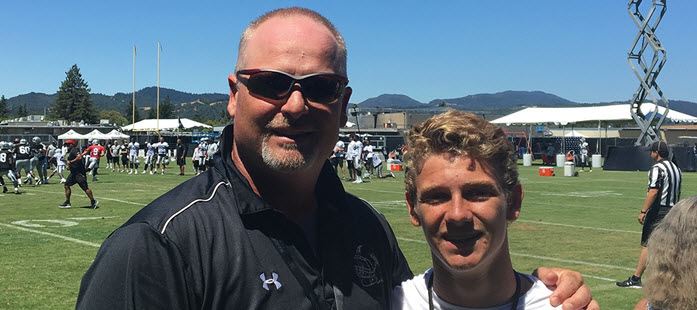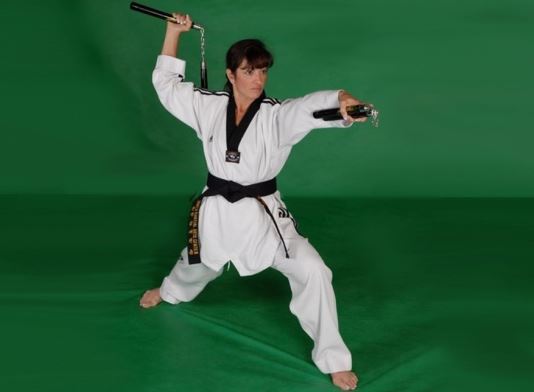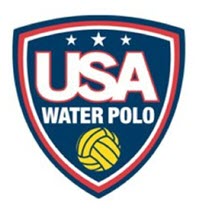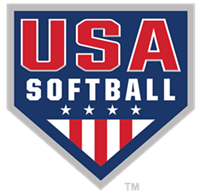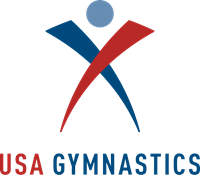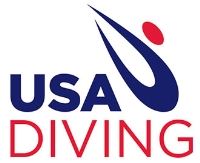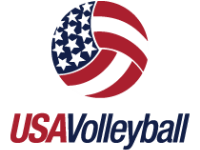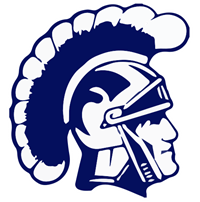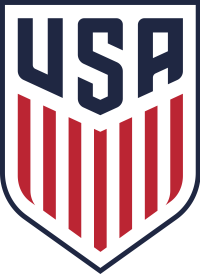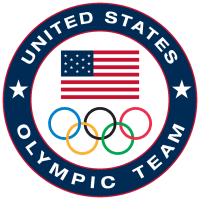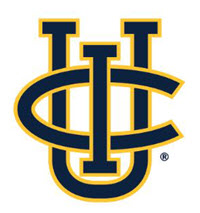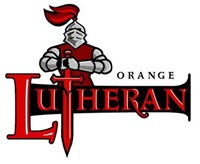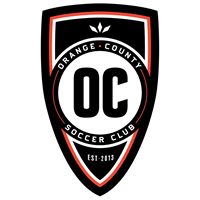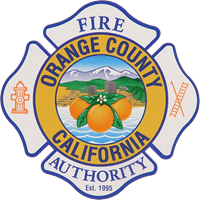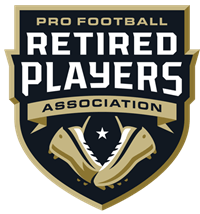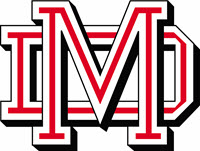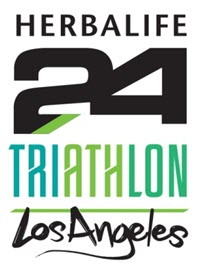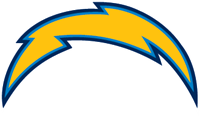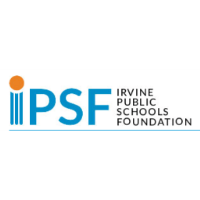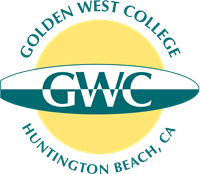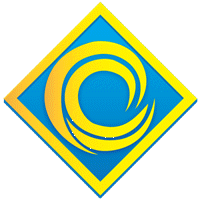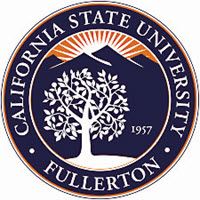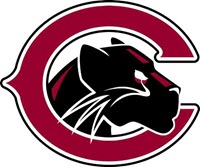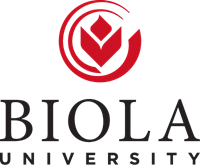Ligament Reconstruction
Helping You Return to a More Active Life
Hoag Orthopedic Institute’s orthopedic-specialized physical therapy team will work closely with your surgeon to establish a personalized rehabilitation plan. Our goal is to return you to an active life and the sports you enjoy. Hoag Orthopedic Institute's sports medicine orthopedic surgeons volunteer to serve local athletic teams at the sidelines, giving world-class care to the community.
Contact us today to learn more about the orthopedic services that we offer.
How Reconstructive Surgery Works for Ligament Injuries
Ligaments are tough fibrous cords composed of connective tissue that contains both collagen and elastic fibers. The elastic fibers allow the ligaments to stretch to some extent. Ligaments surround joints and bind them together. They help to strengthen and stabilize joints by permitting movement only in certain directions. They also connect one bone to another (such as inside the knee).
Sports-related injuries to the ligaments are fairly common, most often affecting the knee, elbow and ankle. If you have experienced a ligament injury that cannot be successfully treated non-surgically, you and your doctor may decide that ligament reconstruction is your best option. During reconstructive surgery, the torn ligament will be replaced with a substitute graft.
We Use Only the Most Advanced Technology
There are a number of orthopedic surgeons aligned with Hoag Orthopedic Institute who have chosen sports injuries as their sub-specialty. These surgeons are highly trained in leading edge, less invasive surgeries that are designed to do as little damage as possible to the muscles and tissues surrounding the joint. The alignment of the ligament reconstruction is critical, and these surgeries require an experienced surgical team. Hoag Orthopedic Institute provides orthopedic specialized surgical teams and the most advanced technology in ligament reconstruction.
Treating Anterior Cruciate Ligament (ACL) Injuries
Knee injuries can occur in basketball, volleyball, soccer, football and other sports. The most common type of knee ligament reconstruction is of the Anterior Cruciate Ligament (ACL). The ACL can be injured when there is a twisting motion of the knee or when it is hit while the foot is planted. It can also be injured during a sudden stop when the femur moves forcefully over the tibia.
The tissue that will replace your damaged ACL will come from your own body or from a donor. Tissue taken from your own body is called an autograft. The two most common tissue sources are the patellar, a tendon in your knee, or a hamstring tendon. Tissue may also be used from a donor, this is called an allograft. The best decision for ACL surgery varies from person to person.
Ulnar Collateral Ligament (UCL) Reconstruction
Elbow instability injuries can occur in sports that involve repetitive throwing. Elbow ligament reconstruction is designed to restore the correct biomechanical function of the ligaments. Surgical treatment options for elbow instability include ulnar collateral ligament (UCL) reconstruction. This surgery involves replacing the UCL with a tendon that is obtained elsewhere in the body.
Common sites include the forearm, knee and hamstring. Your surgeon will harvest the tendon and loop it through the various holes that have been drilled in the elbow, in a series of figure-eight patterns. Over time, the transplanted tendon “ligamentizes,” which basically means it learns to become a ligament. You can learn more about this procedure by consulting a physician.
Ligament Reconstruction Surgery of the Ankle
Lateral ligament injuries of the ankle are possibly the most common sports-related injuries, sustained during basketball, volleyball, soccer and other sports. The position of the foot when injured dictates the injury sustained, with the most common injury being of the calcaneo-fibular ligament (CFL). Ligament reconstruction surgery of the ankle involves harvesting a tendon to replace your damaged ligament. The most common source is your peroneus brevis tendon (the tendon that pulls the outside of the foot upward). The tendon will be routed through the bones of the ankle to reinforce the ankle and provide the support that the ligament previously provided.
Recovering from a Ligament Reconstruction Procedure
Any type of ligament reconstruction procedure will be followed by an exercise and rehabilitation program to strengthen the muscles and restore full joint mobility in the affected area. The physical therapy team at Hoag Orthopedic Institute is orthopedic specialized, and they will work closely with your surgeon to establish a personalized rehabilitation plan that is tailored to your needs. Their expertise will be essential in helping you regain full motion and return to an active life.
Your recovery time, of course, depends upon the affected joint, the type of injury and the type of surgery. Your joint will most likely be immobilized for a time period and then allowed range of motion exercises and strengthening exercise. The goal of rehabilitation is to return you to your normal activities as soon as is safely possible. For patients who remain dedicated to physical therapy, the chances of complete recovery are very high, at above 90 percent.
Please note that all physicians are listed in random order and search results are refreshed every hour to comply with Stark Law.
-
 Michael F. Shepard, M.D.Orthopedic SurgeryView Profile
Michael F. Shepard, M.D.Orthopedic SurgeryView Profile -
 Theodore K. Gregorius, MDOrthopedic SurgeryView Profile
Theodore K. Gregorius, MDOrthopedic SurgeryView Profile -
 James T. Suchy, MDSports MedicineView Profile
James T. Suchy, MDSports MedicineView Profile -
 David W. Kruse, M.D.Family Medicine, Sports MedicineView Profile
David W. Kruse, M.D.Family Medicine, Sports MedicineView Profile -
 Kevin C. Parvaresh, MDOrthopedic SurgeryView Profile
Kevin C. Parvaresh, MDOrthopedic SurgeryView Profile -
 Robert C. Grumet, M.D.Orthopedic SurgeryView Profile
Robert C. Grumet, M.D.Orthopedic SurgeryView Profile -
 Russell S. Petrie, M.D.Orthopedic SurgeryView Profile
Russell S. Petrie, M.D.Orthopedic SurgeryView Profile -
 David S. Gazzaniga, M.D.Orthopedic SurgeryView Profile
David S. Gazzaniga, M.D.Orthopedic SurgeryView Profile -
 Emilia Ravski, DOPain Medicine, Sports MedicineView Profile
Emilia Ravski, DOPain Medicine, Sports MedicineView Profile -
 Jin H. Choi, DOSports MedicineView Profile
Jin H. Choi, DOSports MedicineView Profile -
 Alan H. Beyer, M.D.Orthopedic SurgeryView Profile
Alan H. Beyer, M.D.Orthopedic SurgeryView Profile -
 Taylor R. Dunphy, MDOrthopedic SurgeryView Profile
Taylor R. Dunphy, MDOrthopedic SurgeryView Profile -
 Myra Trivellas, MDOrthopedic SurgeryView Profile
Myra Trivellas, MDOrthopedic SurgeryView Profile -
 Michael J. Nieto, MDSports MedicineView Profile
Michael J. Nieto, MDSports MedicineView Profile -
 Scott K. Forman, M.D.Orthopedic SurgeryView Profile
Scott K. Forman, M.D.Orthopedic SurgeryView Profile -
 James H. Ting, M.D.Family Medicine, Sports MedicineView Profile
James H. Ting, M.D.Family Medicine, Sports MedicineView Profile -
 Adam Rivadeneyra, MDSports MedicineView Profile
Adam Rivadeneyra, MDSports MedicineView Profile -
 Eugene S. Yim, MDEmergency Medicine, Sports MedicineView Profile
Eugene S. Yim, MDEmergency Medicine, Sports MedicineView Profile
-
 Returning to Boxing After Surgery Knee, Sports Medicine
Returning to Boxing After Surgery Knee, Sports Medicine"Procedure: Right Total Knee Arthroplasty When Brad retired nearly 20 years ago at age ..."
Read More -
 Back to Extreme Surfing Hip, Sports Medicine
Back to Extreme Surfing Hip, Sports Medicine"Procedure: Anterior Approach Left Hip Arthroplasty A love for extreme sports and ..."
Read More -
 Back on the Soccer Field Sports Medicine
Back on the Soccer Field Sports Medicine"She knew the seriousness of the injury the second she heard the loud, high-pitched ..."
Read More -
 Back to Show Jumping Hand & Wrist, Sports Medicine
Back to Show Jumping Hand & Wrist, Sports Medicine"Procedure: Repair of fractured left wrist It’s been eight months since Justine flew ..."
Read More -
 Back to Skiing Knee, Sports Medicine
Back to Skiing Knee, Sports Medicine"Procedure: Simultaneous Bilateral Total Knee Arthroplasty (SBTKA) – October 2016 ..."
Read More -
 Back to Running After Spine Surgery Spine, Sports Medicine
Back to Running After Spine Surgery Spine, Sports Medicine"“I can’t believe I’m walking, let alone running,” says car crash survivor, seven-time ..."
Read More -
 Back to Volleyball Hand & Wrist, Sports Medicine
Back to Volleyball Hand & Wrist, Sports Medicine"Procedure: Fractured Left Index Finger Repair: December 2017 “Coach, I think I broke ..."
Read More -
 Back to Football After a Fractured Wrist Hand & Wrist, Sports Medicine
Back to Football After a Fractured Wrist Hand & Wrist, Sports Medicine"Procedure: Closed reduction, right wrist (February 2018) Scholar athlete Joey Hobert ..."
Read More -
 Back to Taekwondo Sports Medicine, Trauma & Fracture
Back to Taekwondo Sports Medicine, Trauma & Fracture"Rita Grahovec of Yorba Linda signed up for martial arts classes to share something in ..."
Read More -
 Back to Soccer Sports Medicine, Trauma & Fracture
Back to Soccer Sports Medicine, Trauma & Fracture"Michael Wolitski, 21, has played soccer since he was a 3-year-old and had high ..."
Read More
-
 HOI's Sports Health Report with Dr. Ting Watch Video
HOI's Sports Health Report with Dr. Ting Watch Video -
 7-4-15 Featuring Ross Case, Tennis Pro, discussing sports injury news Play Podcast
7-4-15 Featuring Ross Case, Tennis Pro, discussing sports injury news Play Podcast -
 HOI's Sports Health Report with Dr. Gazzaniga Watch Video
HOI's Sports Health Report with Dr. Gazzaniga Watch Video -
 HOI's Sports Health Report with Dr. Grumet Watch Video
HOI's Sports Health Report with Dr. Grumet Watch Video -
 HOI's Sports Health Report with Dr. Lee Watch Video
HOI's Sports Health Report with Dr. Lee Watch Video -
 HOI's Sports Health Report with Dr. Petrie Watch Video
HOI's Sports Health Report with Dr. Petrie Watch Video



